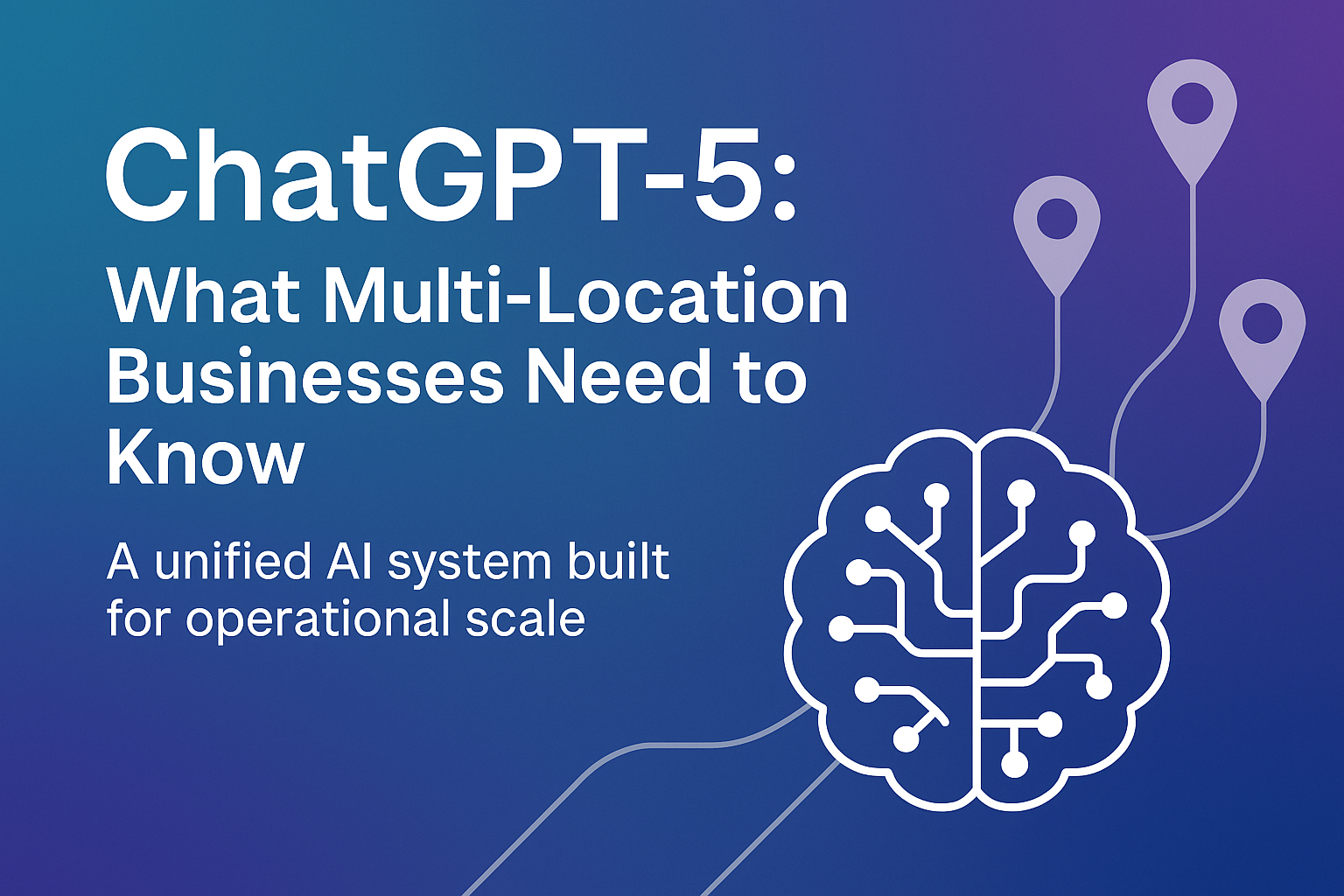September 2025 AI Update | Justin Hall Consulting
Bottom Line: ChatGPT-5’s August launch eliminated model confusion through auto-routing, but the user backlash revealed how unprepared most businesses are for enterprise AI security requirements.
ChatGPT-5 Launch: What Actually Happened
OpenAI released ChatGPT-5 in August with a major change: instead of letting users choose between different models (ChatGPT-4.0, O3, O3-mini, etc.), the new system automatically routes queries to the best available processing method.
The immediate reaction was negative. Users across social media complained that responses felt different, shorter, and less conversational than the ChatGPT-4.0 they’d grown accustomed to. Most users had no idea multiple models even existed and simply used whatever was set as default.
OpenAI’s response was swift: Within days, they restored access to legacy models, added personality options (Default, Cynic, Robot, Listener, Nerd), and promised a roadmap before discontinuing older models.
The controversy highlighted a critical business reality: most people using AI tools don’t understand what they’re actually using or what happens to their data.
Technical Changes That Matter for Business
Auto-routing intelligence: ChatGPT-5 analyzes your question and automatically selects fast processing for simple tasks or deep reasoning for complex problems. No more guessing which model to use.
Dual-processing capability: Can handle multiple related tasks simultaneously, like creating training materials while analyzing compliance requirements.
Expanded context window: Processes up to 256,000 tokens, meaning it can analyze entire policy manuals or franchise agreements in one session.
Enhanced agentic abilities: Better at following complex, multi-step business workflows without constant supervision.
Branch Conversations and Projects Expansion
Branch conversations launched September 4: Users can now explore different approaches to the same problem without losing the original discussion thread. Useful for testing multiple business scenarios.
Projects now available on ChatGPT Free tier (September 3): Basic project organization with up to 5 file uploads per project. Paid tiers support 25-40 files per project, with project-only memory that doesn’t affect other conversations.
These features democratize organized AI work for smaller businesses but raise questions about data handling across different project spaces.
The Business Security Reality Check
The ChatGPT-5 rollout exposed how many businesses use consumer AI tools without considering data implications. When managers input customer lists, financial data, or strategic plans into standard ChatGPT, that information may be used to train future AI models.
Critical considerations for multi-location businesses:
- Customer data protection across multiple states
- Compliance requirements for healthcare, legal, and financial services
- Audit trail needs for regulatory documentation
- Access control across distributed teams
The cost calculation changes when you factor in potential liability from data breaches or compliance violations. Consumer tools cost $20/month per user, but enterprise solutions with data governance may justify higher costs through risk mitigation.
What This Means for Southeast Multi-Location Operations
Multi-location businesses face unique challenges: consistent operations across sites while meeting local compliance requirements. The ChatGPT-5 launch accelerates the need for enterprise AI strategies.
Immediate concerns:
- Staff using consumer AI tools for business tasks
- Inconsistent data handling across locations
- Lack of centralized AI governance policies
Market reality: The gap between consumer AI capabilities and enterprise security requirements is widening. Businesses need solutions that provide ChatGPT-5 functionality with proper data governance.
At Justin Hall Consulting, we’re seeing increased demand for enterprise AI advisory services integrated with our network infrastructure and security expertise across the Southeast.
Action Items for This Month
- Audit current AI usage: Determine if your team is already using ChatGPT or similar tools for business tasks
- Assess data sensitivity: Review what information might be shared with AI systems
- Evaluate enterprise alternatives: Consider solutions like dev.ai that provide ChatGPT-5 capabilities with business data protection
- Plan governance policies: Develop guidelines for AI tool usage across your locations
Justin Hall Consulting provides AI advisory services for multi-location businesses across the Southeast, integrated with comprehensive technology infrastructure including structured cabling, security systems, and telecommunications. Contact us to discuss enterprise AI implementation for your business network.
Related services: AI Advisory | Network Infrastructure | Security Integration | Multi-Location Technology Solutions
